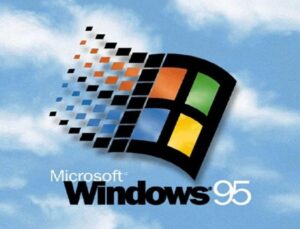Introduction to Starlink
In today’s digital age, having access to high-speed, reliable internet is no longer a luxury confined to urban centers. Thanks to innovative technology developed by Elon Musk’s aerospace company, SpaceX, a new era of connectivity has begun—one that extends internet access to even the most isolated regions of the world. This groundbreaking system is known as Starlink, and it promises to transform the way we connect across vast distances.
What is Starlink?
At its core, Starlink is a sophisticated satellite network designed to deliver internet service via a constellation of thousands of small, low Earth orbit (LEO) satellites. Unlike traditional satellite internet, which often suffers from high latency and slow speeds, Starlink leverages satellites positioned approximately 550 km above the Earth’s surface, providing high-speed, low-latency internet worldwide. This approach not only enhances connectivity in underserved areas but also challenges the conventional perception of satellite-based internet solutions.
How Does Starlink Work?
In countries where Starlink is operational, the system functions through a straightforward setup process. Users install a dedicated Starlink terminal, consisting of a satellite dish and modem, at their location. The dish automatically aligns itself to communicate with the satellites overhead, establishing a direct link to the satellite network. Since the satellites orbit much closer to Earth than traditional geostationary satellites, the communication latency is significantly reduced, enabling seamless browsing, streaming, and online gaming—even in remote locations such as mountain villages, offshore islands, or isolated rural communities. This setup diminishes dependence on terrestrial infrastructure, making high-quality internet accessible in areas that previously had limited or no connectivity.
Performance and Speed
Starlink’s performance varies based on geographic location and network demand. Typical download speeds range from 100 Mbps to 250 Mbps, while upload speeds are generally between 10 Mbps and 40 Mbps. The system boasts a latency of approximately 20 to 50 milliseconds, which is remarkably low for satellite internet and suitable for activities like online gaming, video conferencing, and high-definition streaming. These enhanced performance metrics set Starlink apart from traditional satellite solutions, making it a viable alternative even in scenarios demanding real-time data transfer.
Pricing and Costs
Starlink’s pricing structure varies across different regions, but the general costs include:
- Hardware Cost: Approximately $500 to $600 USD for the initial setup, which covers the satellite dish, router, and necessary equipment.
- Monthly Subscription: Around $110 to $120 USD, providing continuous internet access.
Who Benefits Most from Starlink?
While urban residents with existing fiber optic infrastructure might view Starlink as a supplementary service, its true value lies in extending internet access to underserved areas. Rural communities, mountainous regions, remote islands, mobile users, and disaster-stricken zones gain crucial connectivity through this technology. The system’s independence from fixed-line infrastructure grants internet freedom to those previously cut off from reliable online services, fostering educational, economic, and social opportunities.
The Future of Starlink
Looking ahead, SpaceX envisions expanding the satellite constellation to include up to 42,000 satellites by 2025. This ambitious plan aims to further reduce latency, increase coverage, and lower costs, making high-speed internet universally accessible. Upcoming developments include Starlink Mini kits and more affordable packages tailored for individual needs. Ultimately, Starlink is not intended to replace traditional fiber connections but to complement them by bridging the connectivity gap in the most remote and challenging terrains of the globe.
 02:00
02:00




 News
News
 Tech
Tech
 Tech
Tech
 Tech
Tech
 Tech
Tech
 Tech
Tech
 Tech
Tech





